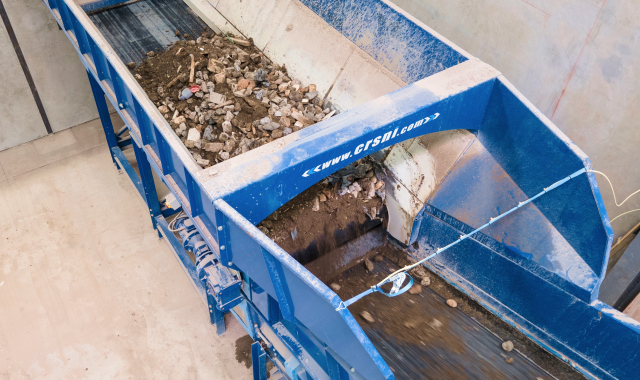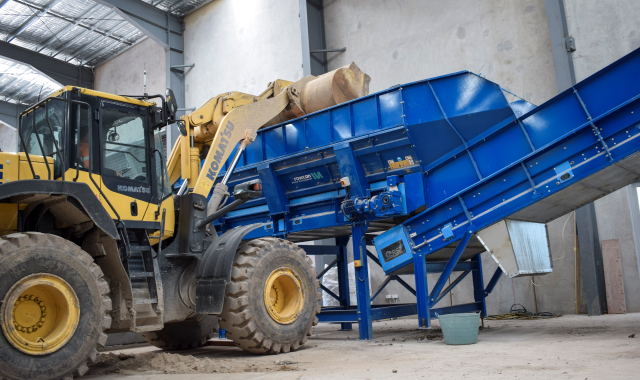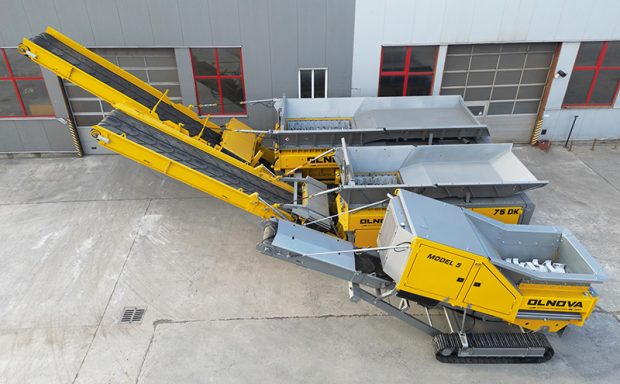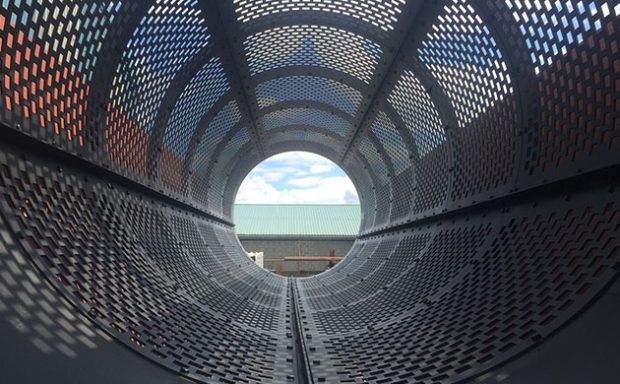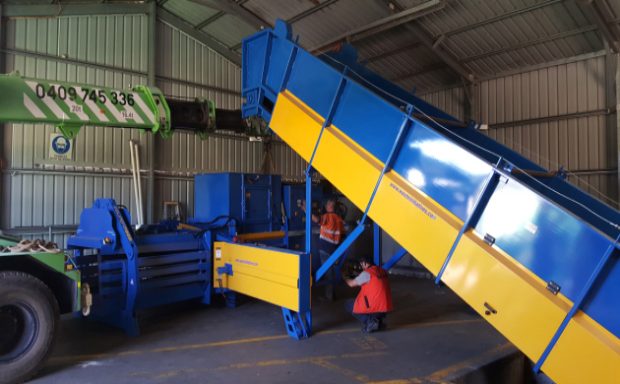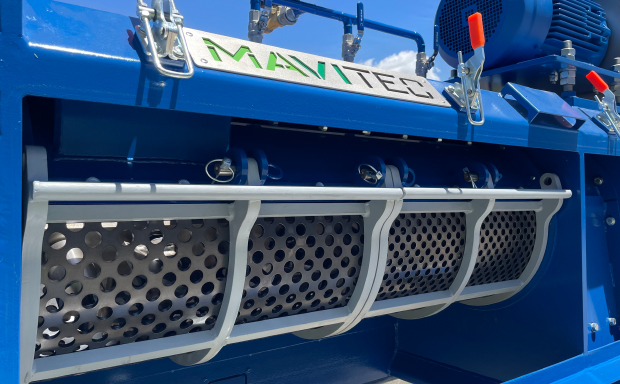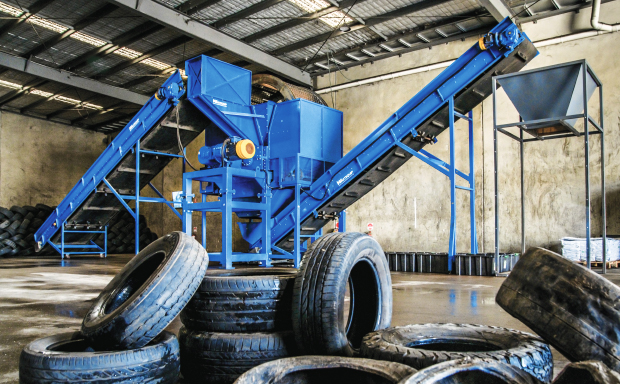C&D WASTE
Construction and demolition (C&D) waste encompasses a broad spectrum of materials generated from activities like building, renovating, demolishing structures, maintaining roads and railways, and excavating land. This waste includes excavated materials such as rock and soil, as well as asphalt, bricks, concrete, plasterboard, timber, and vegetation. Additionally, it encompasses hazardous substances such as asbestos and contaminated soil. When properly sorted, C&D waste represents not just discarded materials but a diverse array of recyclable and reusable valuable resources.
Typically, the C&D waste stream focuses on the generation, disposal, and recycling of these materials, although C&D waste can also appear in Municipal Solid Waste (MSW), Commercial and Industrial (C&I) waste streams, or as hazardous waste. Numerous opportunities exist to reclaim value from C&D waste, highlighting its potential for resource recovery and reuse.

